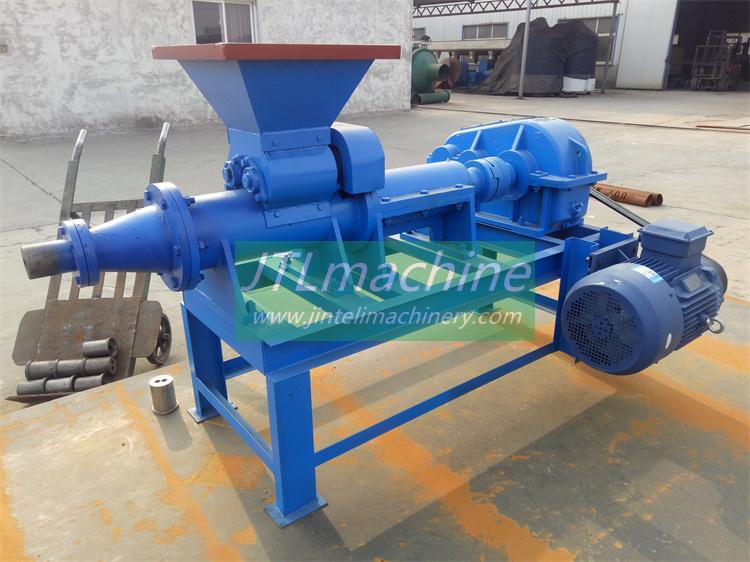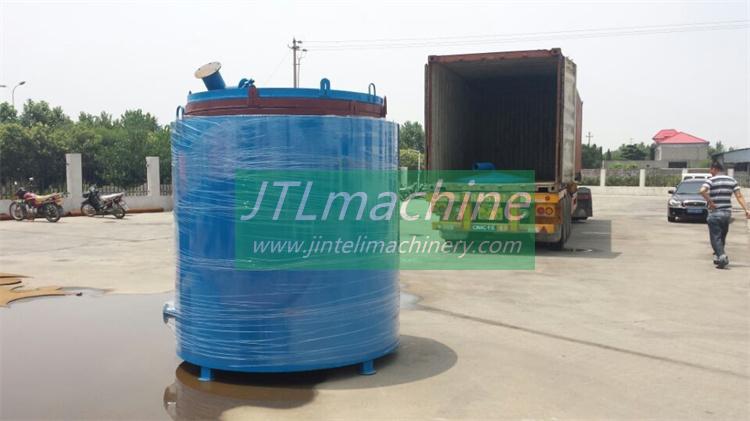Table of Contents
Benefits of Using a carbonization furnace for charcoal Production
Charcoal has been used for centuries as a source of fuel and heat. It is a versatile product that can be used for cooking, heating, and even as a natural remedy for various ailments. In recent years, there has been a growing demand for charcoal due to its eco-friendly properties and sustainable production methods. One of the key tools used in the production of charcoal is a carbonization furnace. A carbonization furnace is a specialized piece of equipment that is used to convert biomass materials into charcoal through a process called pyrolysis. This process involves heating the biomass materials in an oxygen-free environment, which causes them to break down into charcoal, volatile gases, and other byproducts. The charcoal produced in a carbonization furnace is high-quality and has a low moisture content, making it ideal for a variety of applications. One of the main benefits of using a carbonization furnace for charcoal production is its efficiency. These furnaces are designed to operate at high temperatures, which allows for a faster and more efficient conversion of biomass materials into charcoal. This means that producers can increase their output and reduce their production costs, making charcoal production more sustainable and profitable in the long run. Another benefit of using a carbonization furnace is its versatility. These furnaces can be used to produce charcoal from a wide range of biomass materials, including wood chips, sawdust, coconut shells, and agricultural residues. This flexibility allows producers to choose the most cost-effective and sustainable feedstock for their operations, reducing waste and maximizing the use of renewable resources.
Another benefit of using a carbonization furnace is its versatility. These furnaces can be used to produce charcoal from a wide range of biomass materials, including wood chips, sawdust, coconut shells, and agricultural residues. This flexibility allows producers to choose the most cost-effective and sustainable feedstock for their operations, reducing waste and maximizing the use of renewable resources.
Step-by-Step Guide on How to Operate a charcoal making furnace
Charcoal has been used for centuries as a source of fuel for cooking, heating, and even as a component in various industrial processes. One of the key steps in producing charcoal is the carbonization process, which involves heating wood or other organic materials in a controlled environment to remove volatile compounds and leave behind pure carbon. This process is typically carried out in a specialized piece of equipment known as a carbonization furnace, also commonly referred to as a charcoal making furnace. Operating a carbonization furnace requires a good understanding of the principles of combustion and heat transfer, as well as knowledge of the specific characteristics of the raw materials being used. In this article, we will provide a step-by-step guide on how to operate a charcoal making furnace effectively and efficiently. The first step in operating a charcoal making furnace is to ensure that the furnace is properly set up and ready for use. This includes checking that all components are in good working order, that the furnace is clean and free of any debris, and that all safety precautions are in place. It is also important to have a good supply of raw materials on hand, as well as any other materials or tools that may be needed during the carbonization process.
Once the furnace is set up and ready to go, the next step is to load the raw materials into the furnace. This can be done manually or with the help of a mechanical loader, depending on the size and design of the furnace. It is important to ensure that the raw materials are evenly distributed throughout the furnace to ensure uniform carbonization.
After the raw materials have been loaded into the furnace, the next step is to start the carbonization process. This typically involves heating the furnace to a specific temperature and maintaining that temperature for a set period of time. The exact temperature and duration of the carbonization process will vary depending on the type of raw materials being used and the desired characteristics of the final product.
During the carbonization process, it is important to monitor the temperature of the furnace closely and make any necessary adjustments to ensure that the process is proceeding smoothly. It is also important to monitor the production of volatile compounds and other byproducts of combustion, as these can have a significant impact on the quality of the final product.
Once the carbonization process is complete, the next step is to cool the furnace and remove the charcoal from the furnace. This can be done manually or with the help of a mechanical device, depending on the size and design of the furnace. It is important to handle the charcoal carefully to avoid breakage or contamination, as this can affect the quality of the final product.
In conclusion, operating a charcoal making furnace requires a good understanding of the principles of combustion and heat transfer, as well as knowledge of the specific characteristics of the raw materials being used. By following the steps outlined in this article, you can effectively and efficiently operate a charcoal making furnace and produce high-quality charcoal for a variety of applications.
The first step in operating a charcoal making furnace is to ensure that the furnace is properly set up and ready for use. This includes checking that all components are in good working order, that the furnace is clean and free of any debris, and that all safety precautions are in place. It is also important to have a good supply of raw materials on hand, as well as any other materials or tools that may be needed during the carbonization process.
Once the furnace is set up and ready to go, the next step is to load the raw materials into the furnace. This can be done manually or with the help of a mechanical loader, depending on the size and design of the furnace. It is important to ensure that the raw materials are evenly distributed throughout the furnace to ensure uniform carbonization.
After the raw materials have been loaded into the furnace, the next step is to start the carbonization process. This typically involves heating the furnace to a specific temperature and maintaining that temperature for a set period of time. The exact temperature and duration of the carbonization process will vary depending on the type of raw materials being used and the desired characteristics of the final product.
During the carbonization process, it is important to monitor the temperature of the furnace closely and make any necessary adjustments to ensure that the process is proceeding smoothly. It is also important to monitor the production of volatile compounds and other byproducts of combustion, as these can have a significant impact on the quality of the final product.
Once the carbonization process is complete, the next step is to cool the furnace and remove the charcoal from the furnace. This can be done manually or with the help of a mechanical device, depending on the size and design of the furnace. It is important to handle the charcoal carefully to avoid breakage or contamination, as this can affect the quality of the final product.
In conclusion, operating a charcoal making furnace requires a good understanding of the principles of combustion and heat transfer, as well as knowledge of the specific characteristics of the raw materials being used. By following the steps outlined in this article, you can effectively and efficiently operate a charcoal making furnace and produce high-quality charcoal for a variety of applications.





